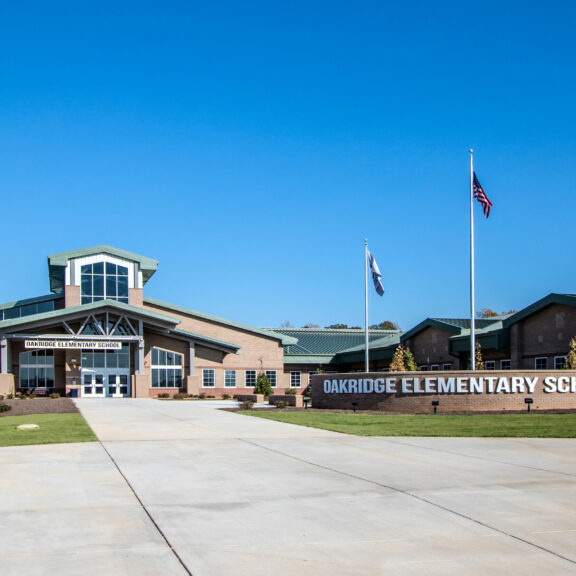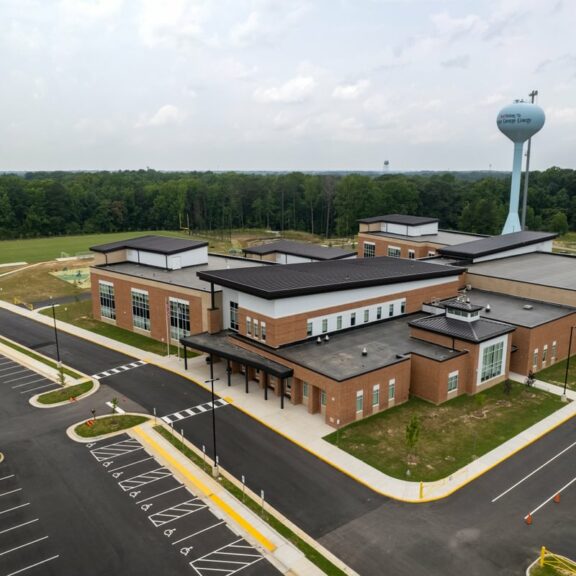When it comes to K-12 construction projects, staying on budget and on schedule is crucial. Value engineering, particularly from a civil engineering perspective, is a powerful tool to achieve these goals. Here are six key principles to help keep your project moving forward efficiently and on budget as you go through the design process:
1. Optimize Site Layout and Grading
Efficient land use starts with an optimized site layout and grading plan. Most of the time, there are existing buildings and/or environmental features that should be considered by the team. By strategically placing buildings, parking lots, and other key features, you can minimize the amount of earthwork required. The end goal is to have an overall balanced site. This not only generally cuts down on construction costs but also reduces environmental impact.
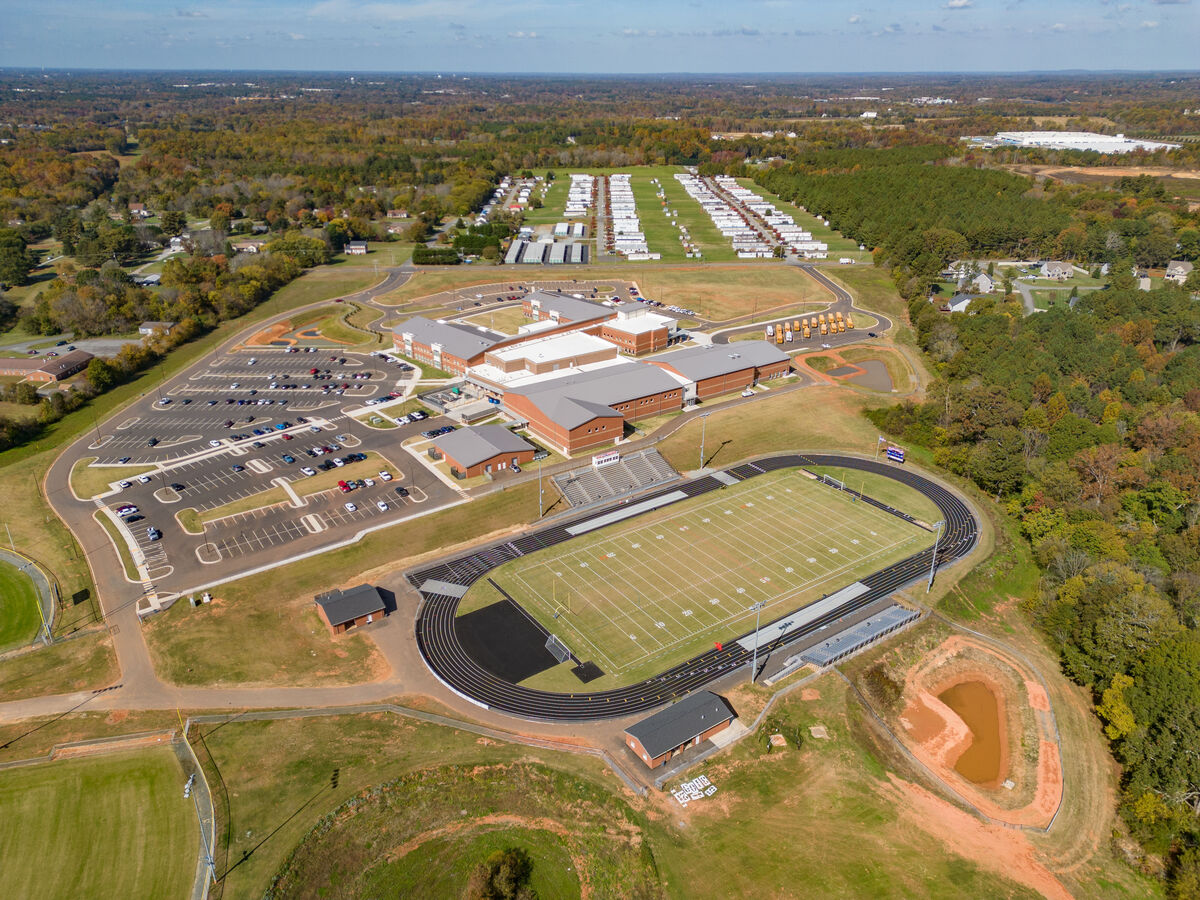
2. Embrace Sustainable Stormwater Management
When open site space is limited, traditional stormwater systems can be costly and environmentally taxing. Instead, consider sustainable stormwater management practices like bioswales, rain gardens, and permeable pavements. These methods are often more affordable and provide long-term benefits by reducing the need for extensive underground piping and retention systems. Plus, they enhance the sustainability of your project, aligning with modern green building standards.
3. Native Plants and Modern Landscaping
Native plants are well-adapted to the local climate, requiring less water, fertilizers, and maintenance compared to non-native species, which leads to significant cost savings over time. Additionally, they promote biodiversity and support local ecosystems, making them a sustainable choice for stormwater management by enhancing soil infiltration and reducing erosion. By incorporating native landscaping, your project can reduce long-term maintenance expenses while creating a resilient, environmentally friendly space that aligns with sustainable development goals.
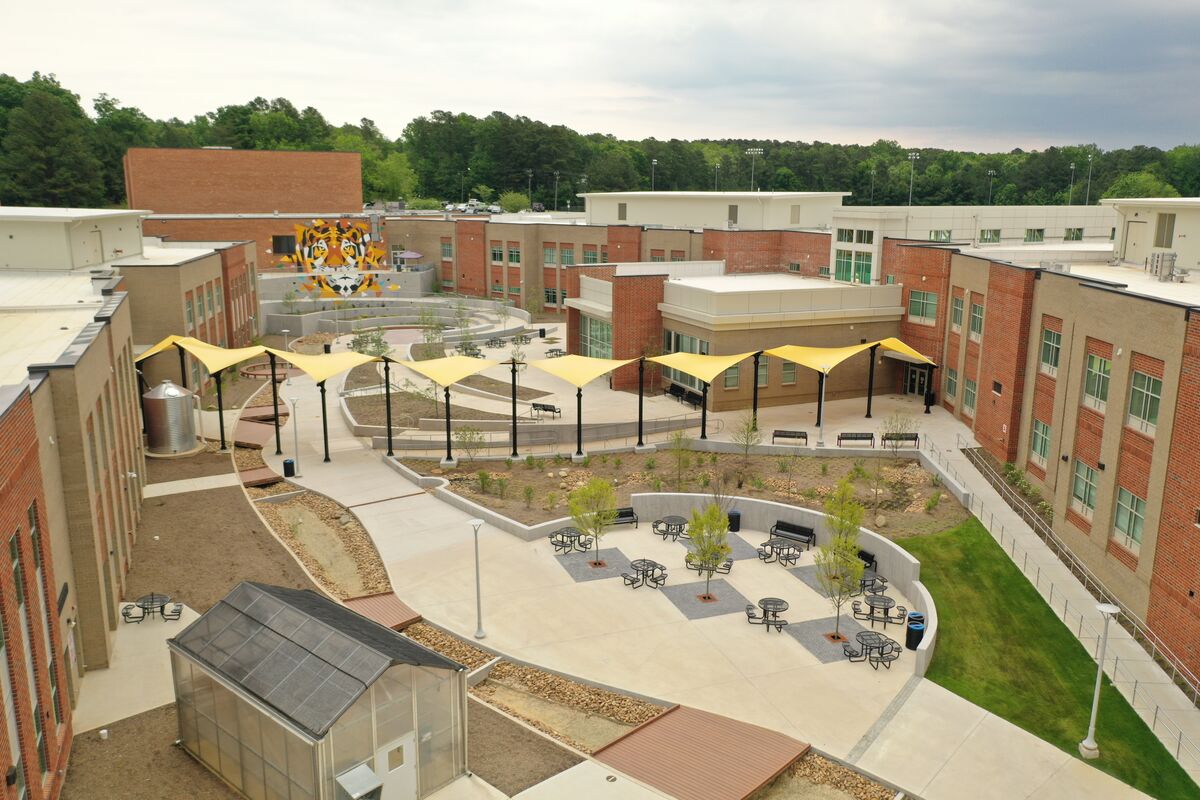
4. Streamline Utility Coordination
Utility coordination is a common pain point in construction projects. Early coordination with the design team and utility providers can help prevent conflicts and costly relocations during construction. By addressing these concerns early in the design phase, you can avoid delays and keep your project on track.
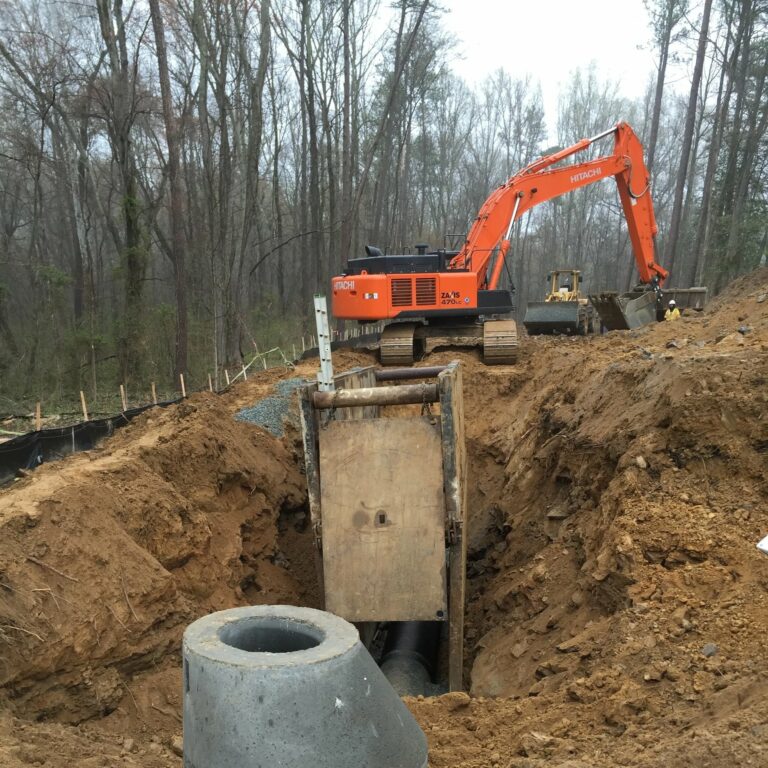
5. Standardize Material Selection
Choosing cost-effective, durable materials that are easy to maintain is a cornerstone of value engineering. By standardizing materials across your project, you can take advantage of bulk purchasing, reducing costs while simplifying future maintenance. For example, using a uniform type of pavement or fencing throughout the site not only cuts expenses but also ensures consistency in quality and upkeep. Another example would be materials used for utilities, whether that is ductile iron, PVC, HDPE or RCP. There can be cost savings but be sure to consult your local regulating authority to see what their requirements are.
6. Plan for Future Expansion
A forward-thinking design is key to avoiding costly retrofitting down the line. When planning your K-12 project, consider future expansions. This might involve leaving space for additional buildings, planning for expanded utility needs, or designing systems that can be easily scaled. By thinking ahead, you can save on future construction costs and reduce the need for disruptive modifications later on.
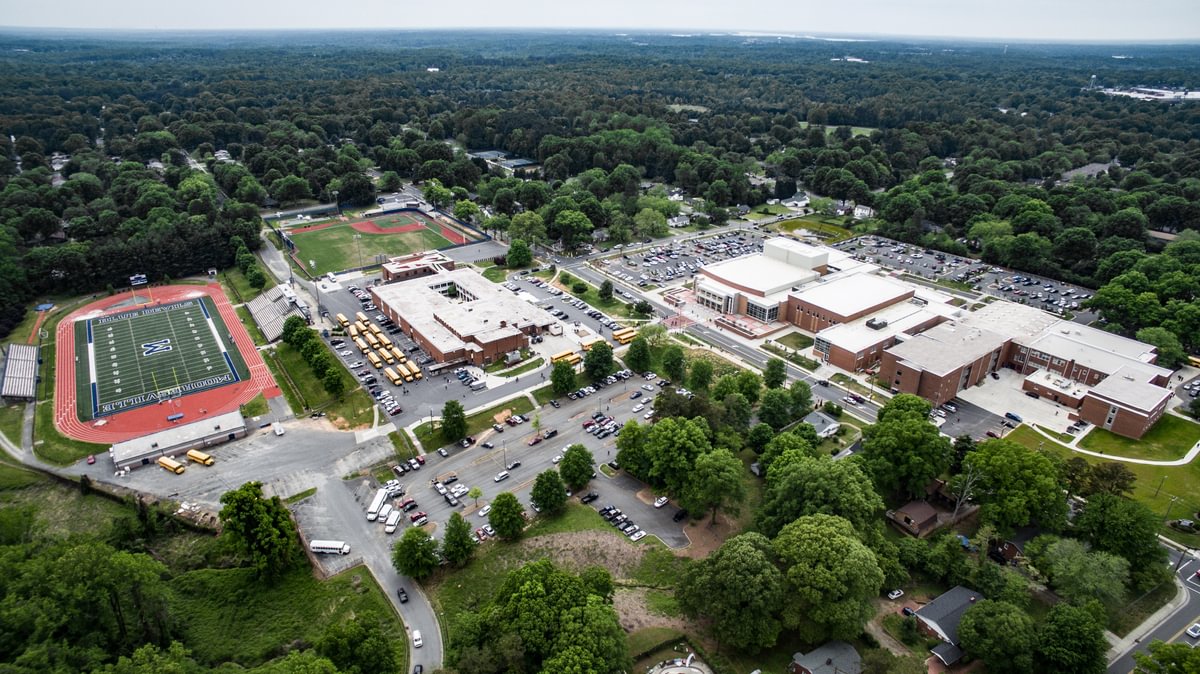
By applying these six value engineering design principles, you can ensure that your K-12 construction project is not only successful but also sustainable, cost-effective, and ready for the future. Keep these strategies in mind to stay on budget and on schedule for the school to be ready to go on the first day.
Looking for assistance with your next school project in North Carolina? Contact Will at william.altman@timmons.com.



